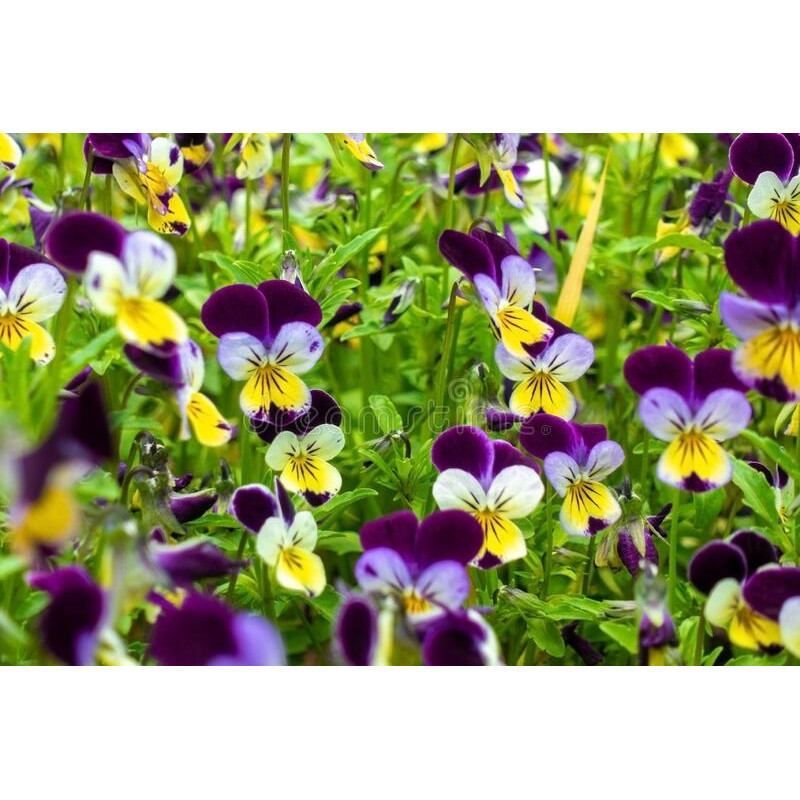






HEARTSEASE - JOHNNY JUMP UP
Viola tricolor
As its name implies, heartsease has a long history of use in herbalism. It has been recommended, among other uses, for epilepsy, asthma, skin diseases and eczema. It has a history in folk medicine of helping respiratory problems such as bronchitis, asthma, and cold symptoms. It has expectorant properties, and so has been used in the treatment of chest complaints such as bronchitis and whooping cough. It is also a diuretic, leading to its use in treating rheumatism and cystitis.
The flowers have also been used to make yellow, green and blue-green dyes, while the leaves can be used to make a chemical indicator
The plant, especially the flowers, contain antioxidants and are edible.
QTY 300 seeds
Scroll down for more info
 Security policy
Security policy
The site is checked on a regular basis
 Delivery policy
Delivery policy
Seeds are sent within 2 business days of payment receipt,parcels include tracking
 Return policy
Return policy
Items can be returned within 7 days of receipt provided they are in as received condition
HEARTSEASE - JOHNNY JUMP UP
Viola tricolor
Heartsease is a small plant of creeping and ramping habit, reaching at most 15 cm in height, with flowers about 1.5 cm in diameter. It grows in short grassland on farms and wasteland, chiefly on acid or neutral soils. It is usually found in partial shade. It flowers from April to September (in the northern hemisphere). The flowers can be purple, blue, yellow or white. They are hermaphrodite and self-fertile, pollinated by bees.
As its name implies, heartsease has a long history of use in herbalism. It has been recommended, among other uses, for epilepsy, asthma, skin diseases and eczema. It has a history in folk medicine of helping respiratory problems such as bronchitis, asthma, and cold symptoms. It has expectorant properties, and so has been used in the treatment of chest complaints such as bronchitis and whooping cough. It is also a diuretic, leading to its use in treating rheumatism and cystitis.
The flowers have also been used to make yellow, green and blue-green dyes, while the leaves can be used to make a chemical indicator
The plant, especially the flowers, contain antioxidants and are edible.
V. tricolor is one of many viola plant species containing cyclotides. These small peptides have proven to be useful in drug development due to their size and structure giving rise to high stability. Many cyclotides, found in Viola tricolor are cytotoxic.This feature means that it could be used to treat cancers.
Extracts from the plant are anti-microbial.
QTY 300 seeds

HEARTSEASE - JOHNNY JUMP UP
Viola tricolor
As its name implies, heartsease has a long history of use in herbalism. It has been recommended, among other uses, for epilepsy, asthma, skin diseases and eczema. It has a history in folk medicine of helping respiratory problems such as bronchitis, asthma, and cold symptoms. It has expectorant properties, and so has been used in the treatment of chest complaints such as bronchitis and whooping cough. It is also a diuretic, leading to its use in treating rheumatism and cystitis.
The flowers have also been used to make yellow, green and blue-green dyes, while the leaves can be used to make a chemical indicator
The plant, especially the flowers, contain antioxidants and are edible.
QTY 300 seeds
Scroll down for more info